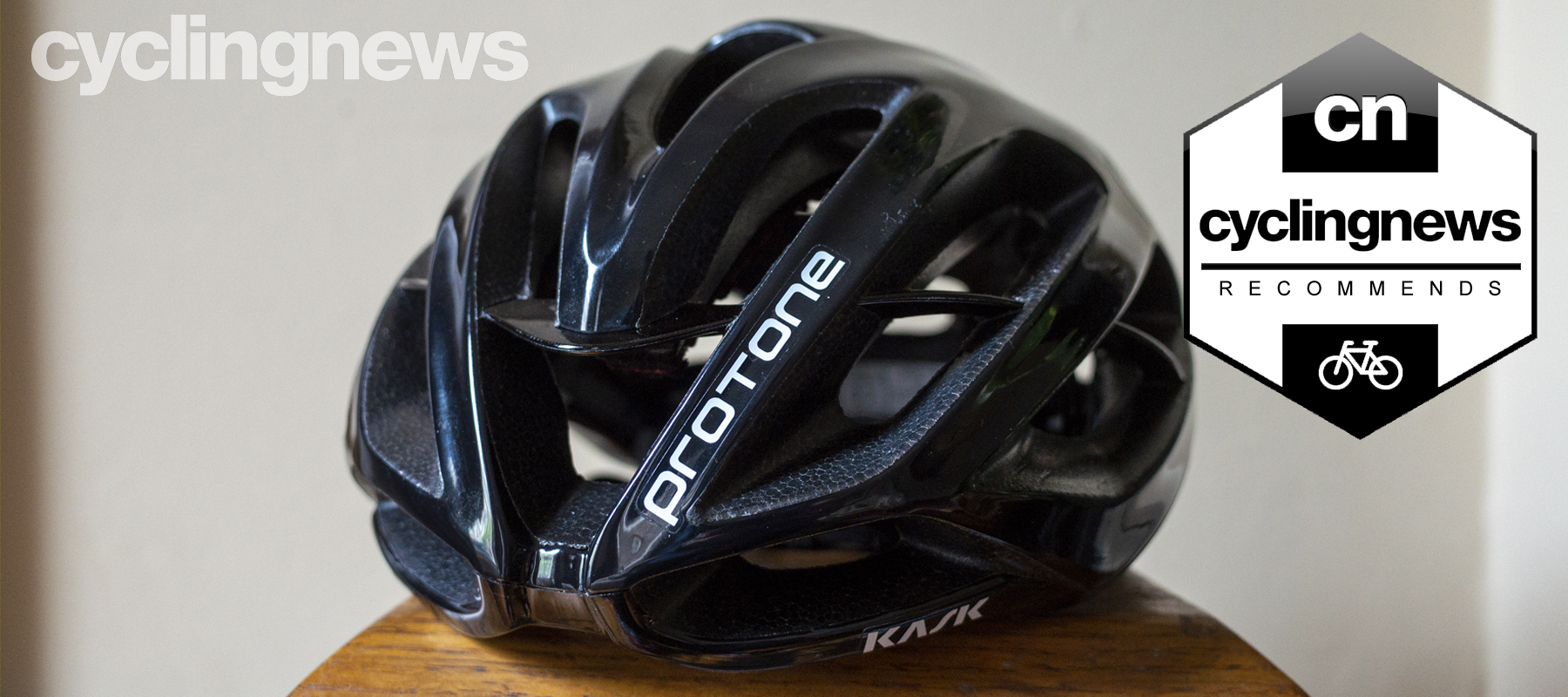Cyclingnews Verdict
With a dialled fit and good ventilation, it's not a surprise that the Protone is still at the top of the pile
Pros
- +
Well ventilated
- +
Secure fit
- +
Snug-fitting chin strap with no flap
Cons
- -
Low head retention can interfere with casquettes and headbands
- -
No sunglasses storage
- -
High price considering the age of design
You can trust Cyclingnews
The Kask Protone has been around for five years now. It was originally developed with Team Sky and, in that time, has donned the heads of some of the best WorldTour riders. With the constant rate of technological developments, nothing stands still for very long in the bike industry yet the Protone has stood the test of time and is still the race lid of choice for Team Ineos.
Design and aesthetics
Kask produces all its helmets in Italy including design and performance testing. The Protone is a semi-aero helmet featuring large forward-facing vents with a smooth top to reduce turbulence. Kask tested the Protone in the wind tunnel and claims an impressive coefficiency rate regardless of its position on the head.
The elephant in the room is the Protone’s omission of any rotational protection, however, this should be put in perspective. When the helmet was designed, MIPS was still new with most brands yet to adopt the technology. Even today with the Swedish brain protection system having infiltrated almost all manufacturers, Kask is still to drink the MIPS kool-aid. Instead, all of Kask's helmets have undergone - and passed - 'KASK WG11 rotational impact testing' - explained in more detail here.
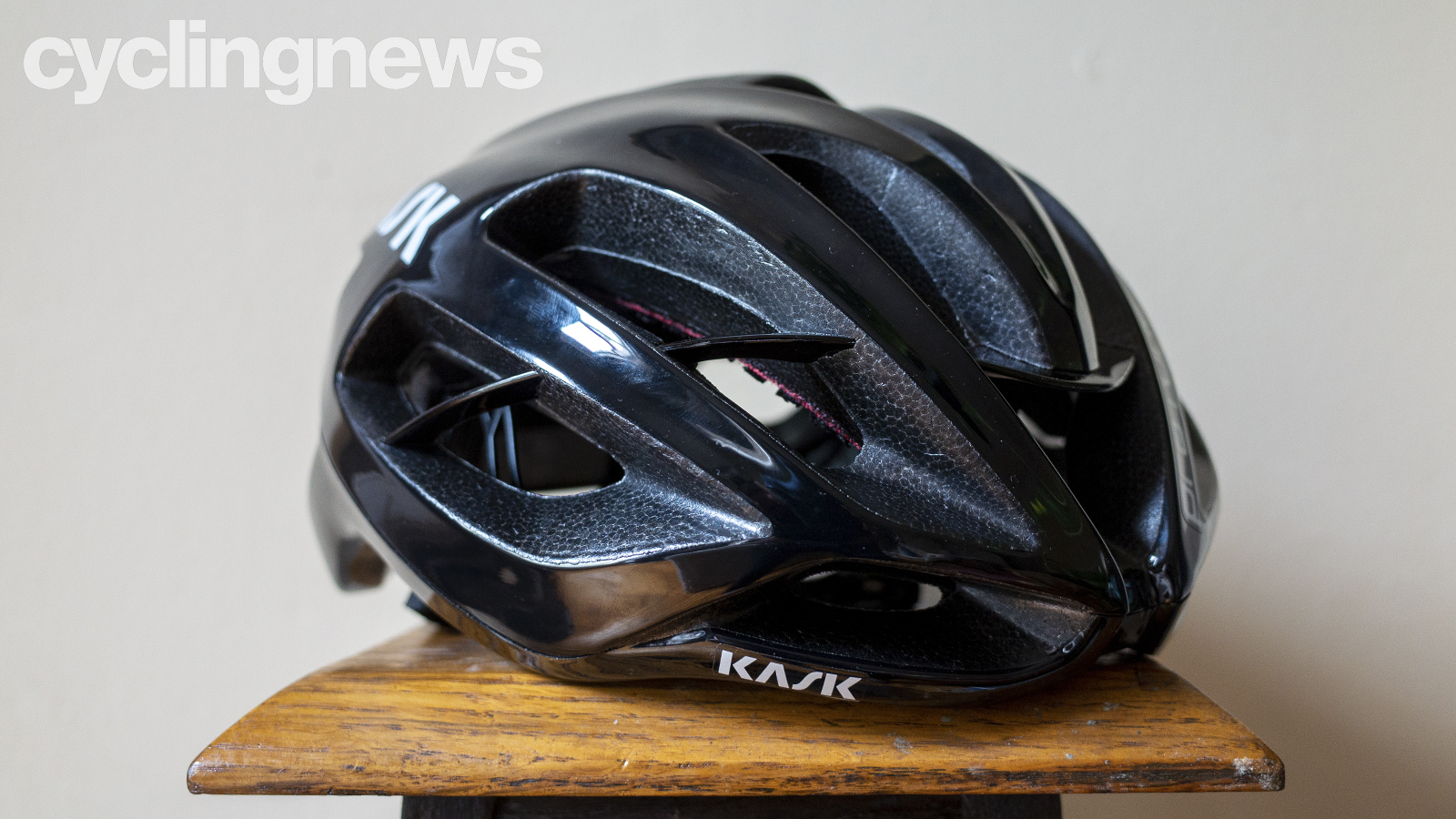
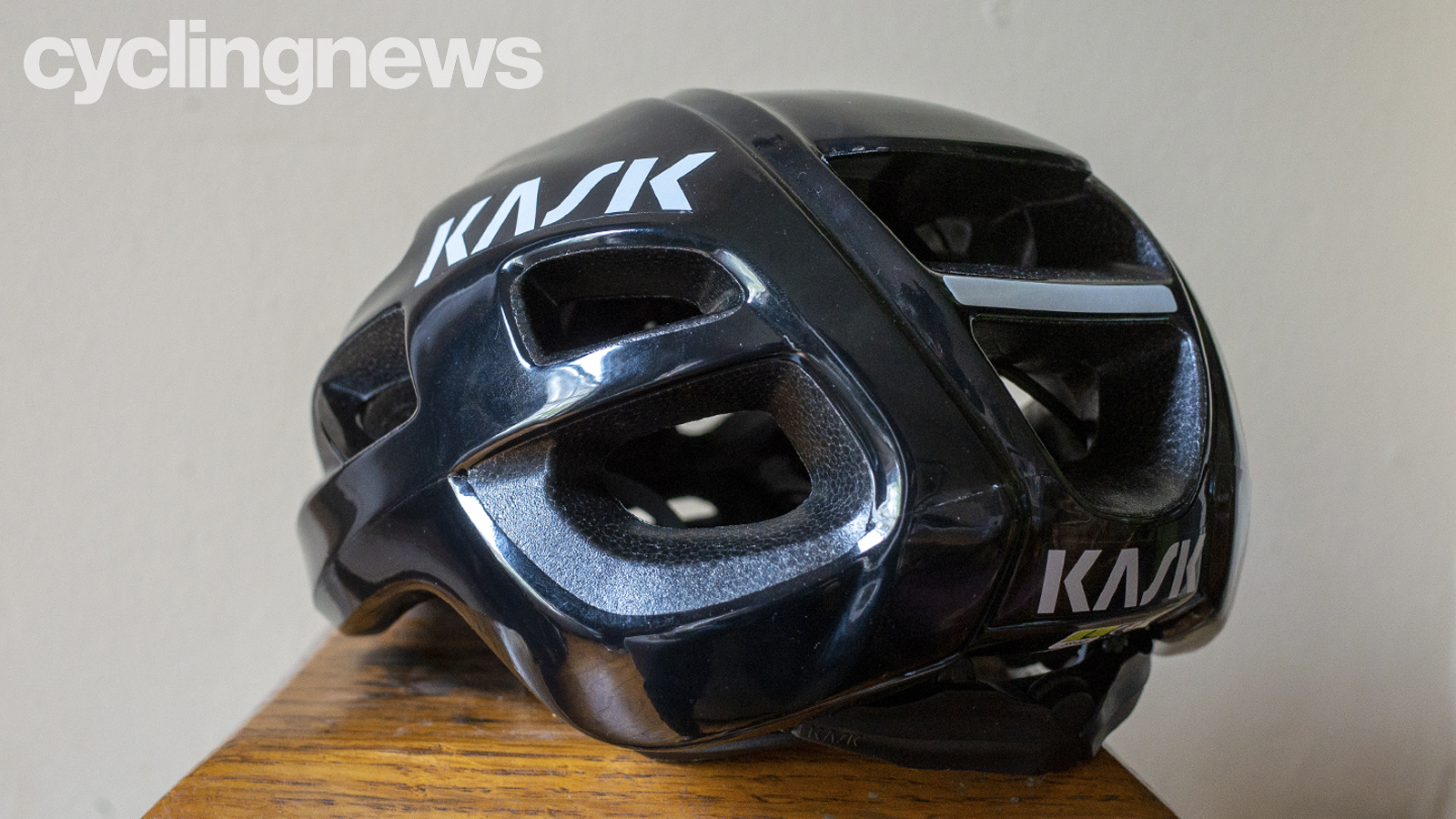
Performance and fit
An inner frame is what Kask claims helps produce such a slimline helmet without sacrificing safety. The strengthening frame has been added to increase structural integrity and hold the helmet together in the event of a crash.
In-moulding neatly protects polystyrene across the top and around the base of the helmet with polycarbonate - if I’m being picky it would be nice to see a little more coverage around the rear but so far the helmet is yet to show any marks. The inside contact points are lined with a multilayer padding made from Coolmax material and treated with an antibacterial and antimicrobial sanitized process to keep the helmet fresh.
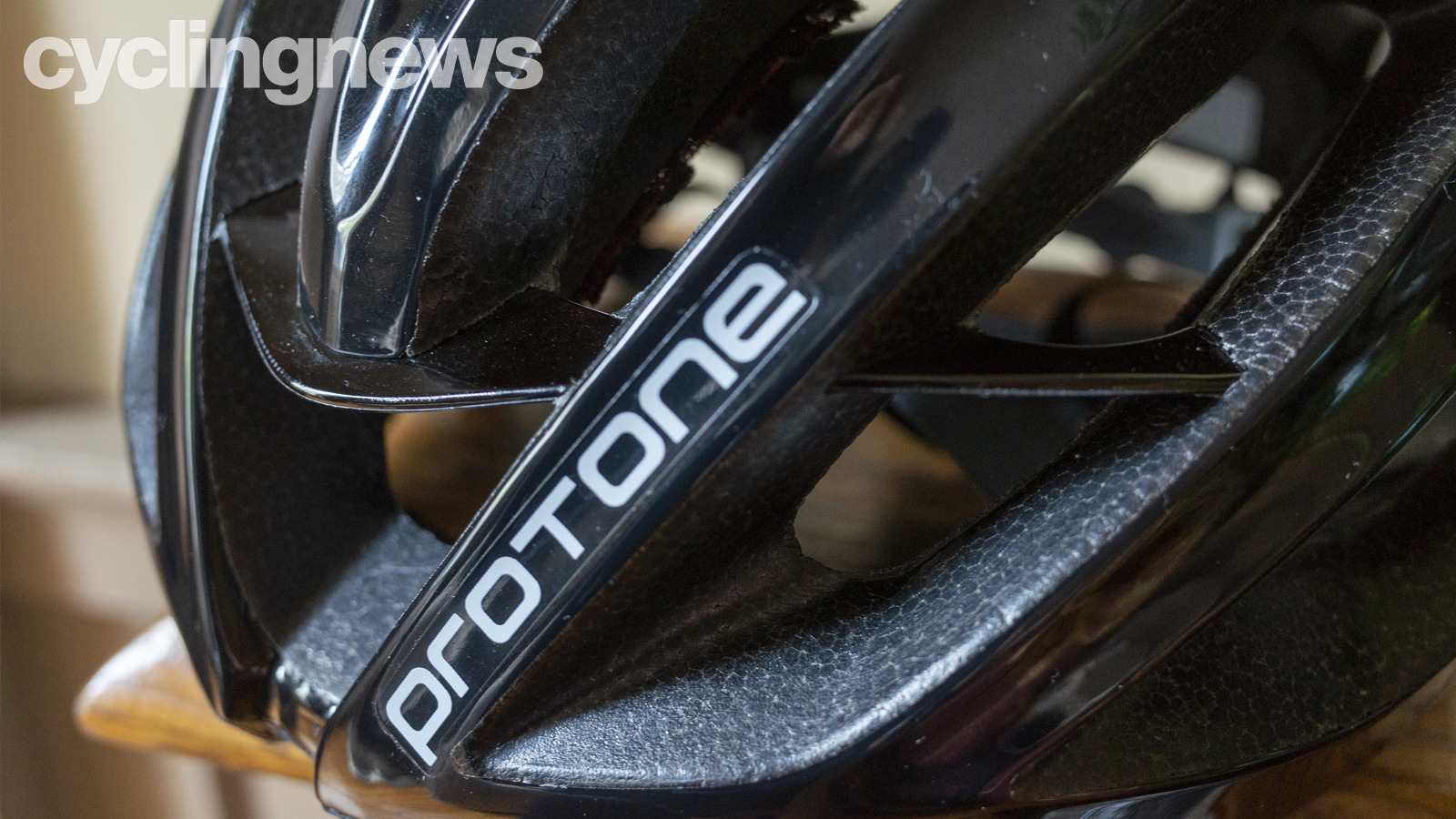
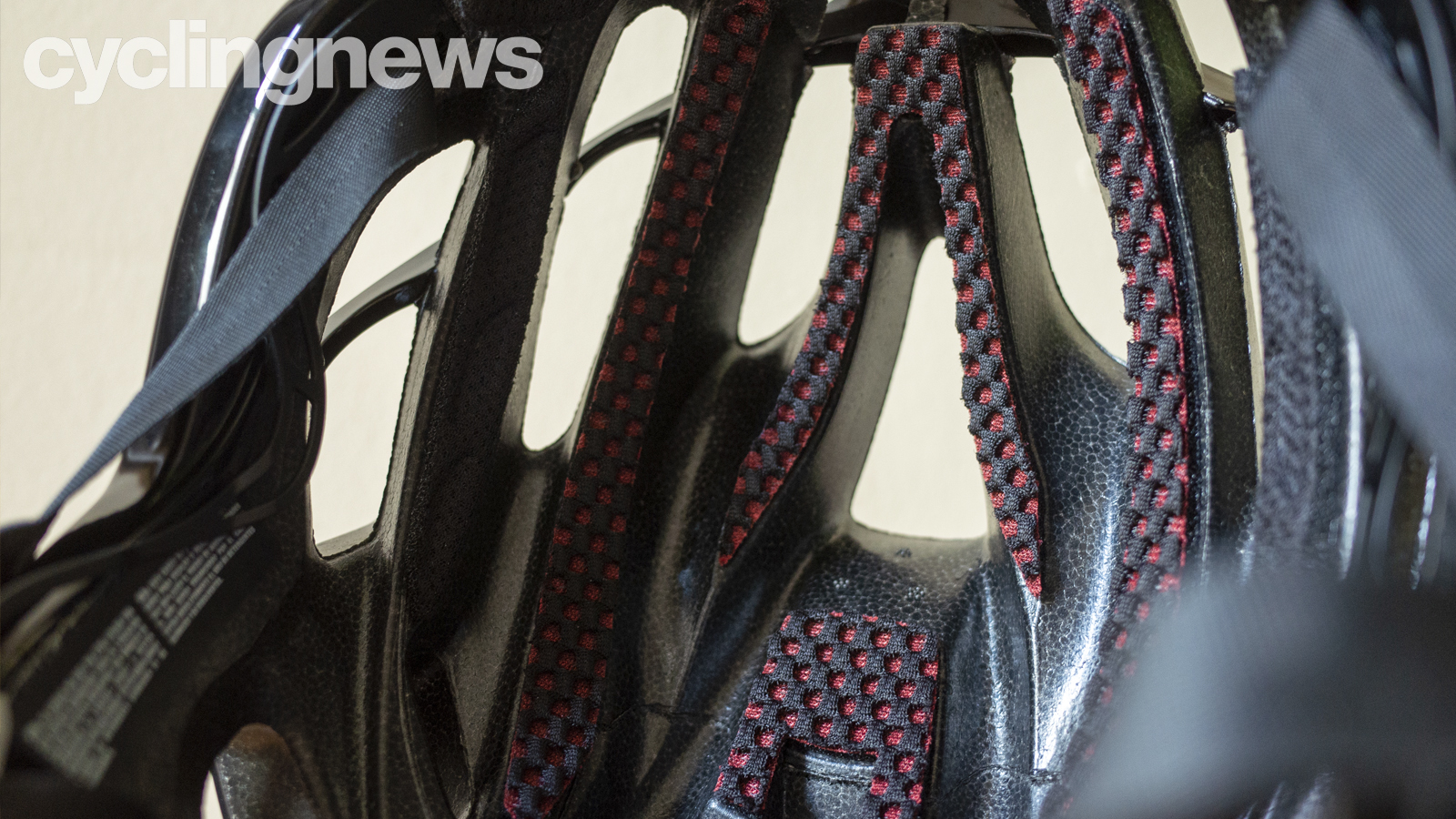
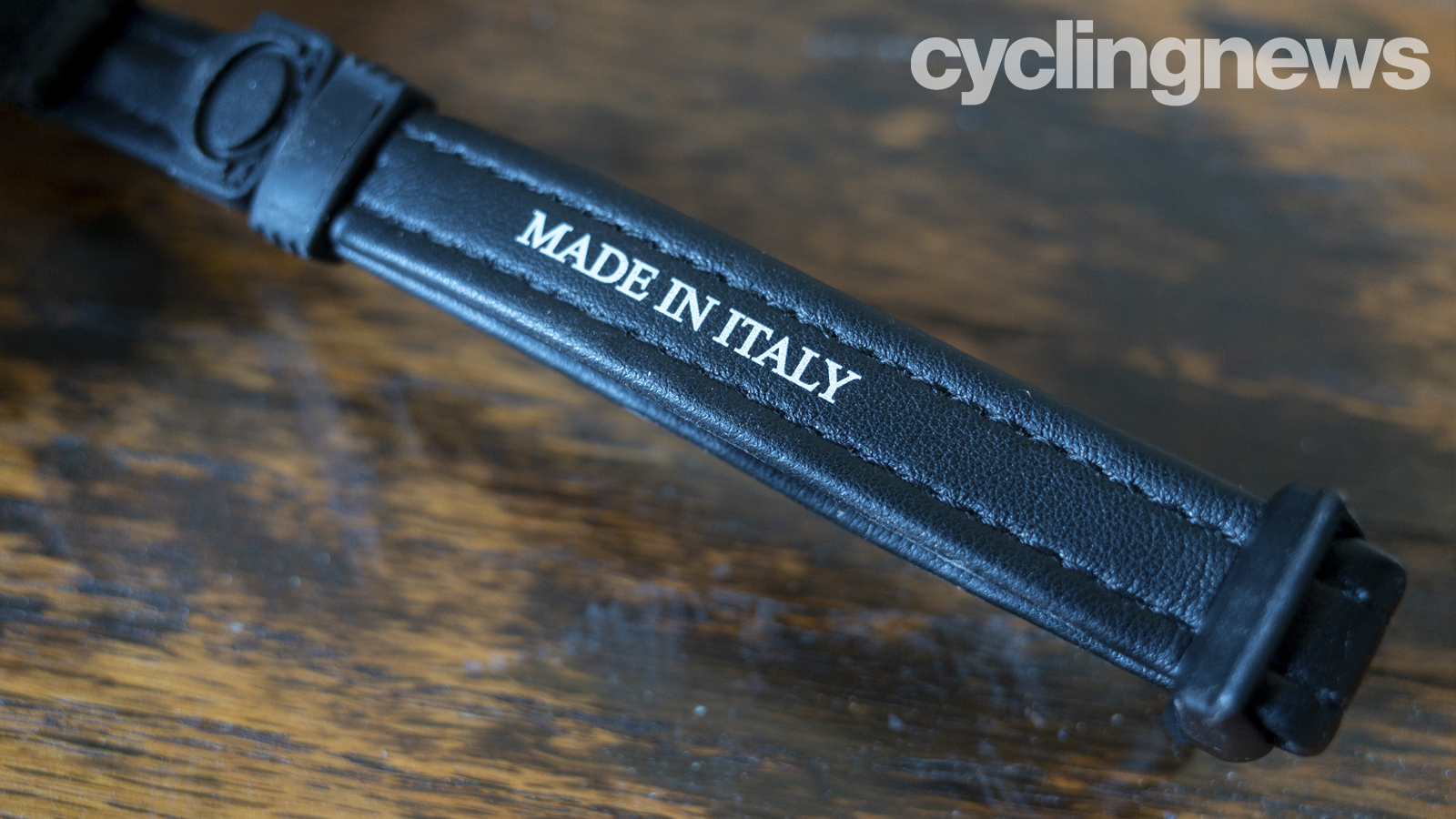
Instead of using a standard webbing chin strap, Kask has chosen to make it from a synthetic eco-leather. Soft to the touch, it’s a stiffer material that holds adjustment and keeps flapping to an absolute minimum. The straps around the ears aren’t adjustable but sit flush against the side of the head.
Kask’s Octo Fit head retention system is both vertically and horizontally adjustable for providing more control of the helmet's contact points. The retention system also has enough space to accommodate those with ponytails. During testing, the helmet didn’t obstruct any of the sunglasses that I wore, although spectacles can interfere somewhat, and helmet storage is a bit of an issue. In fact, it only plays nicely with sunglasses that have thinner arm stems.
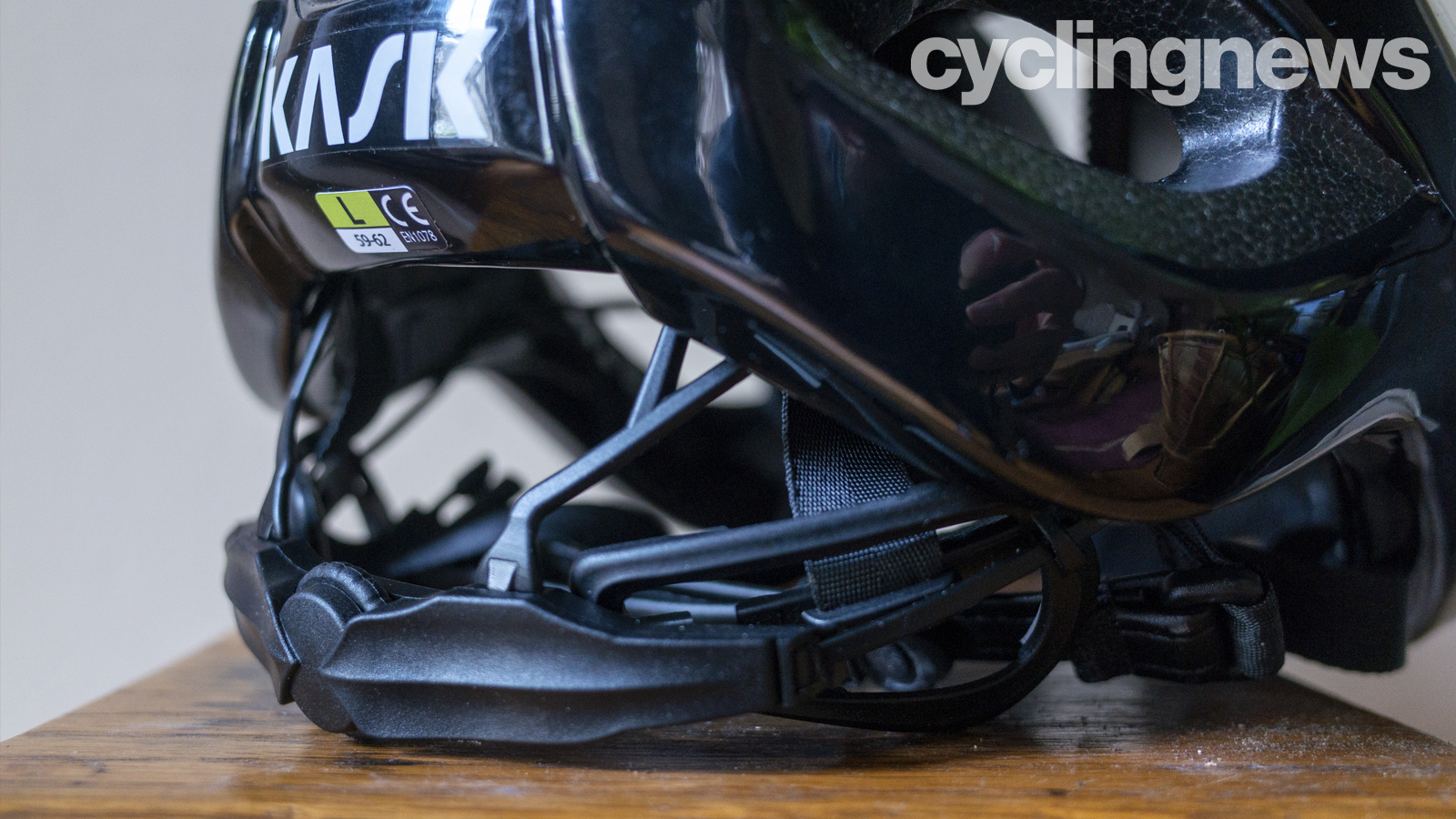
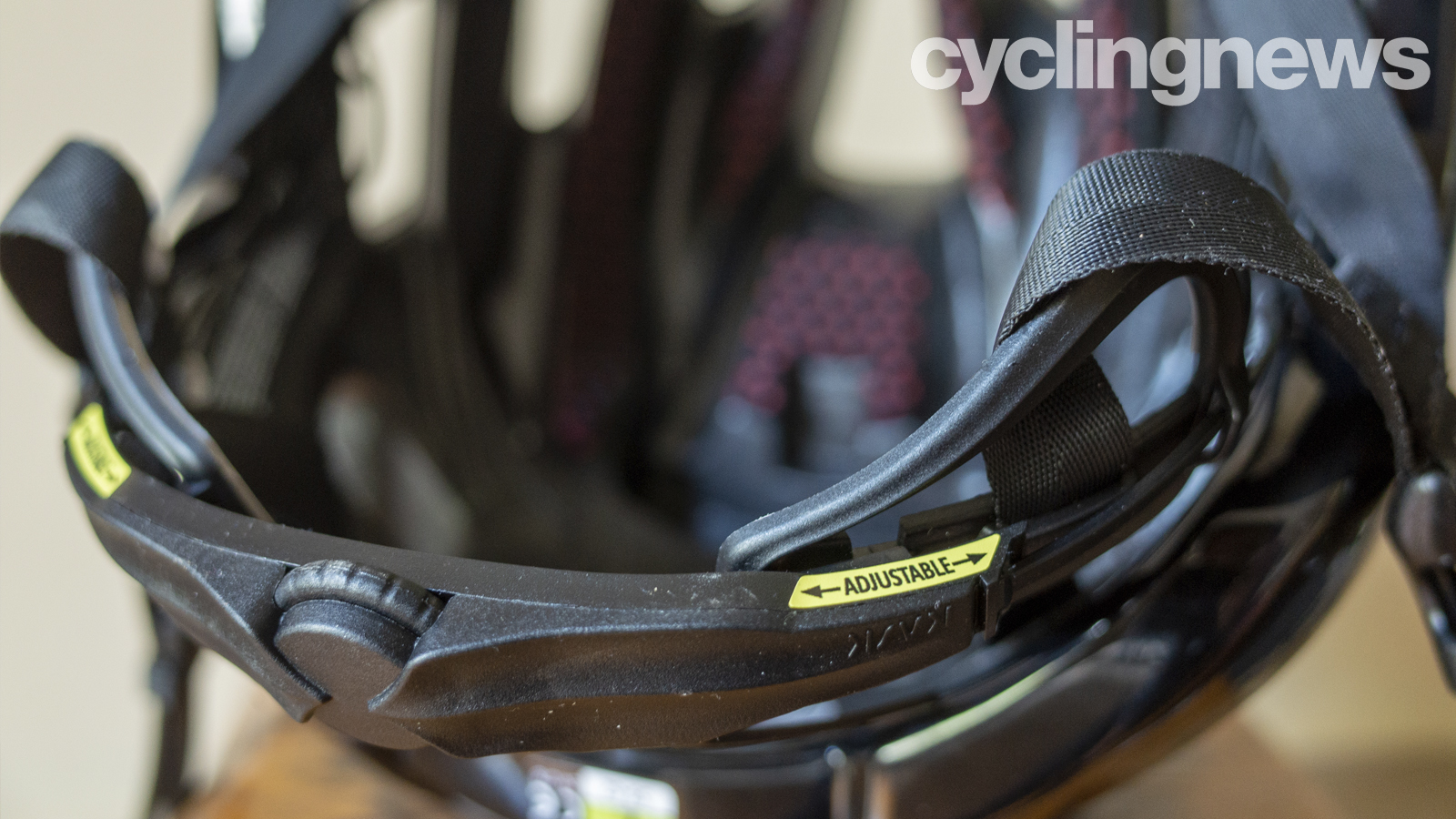
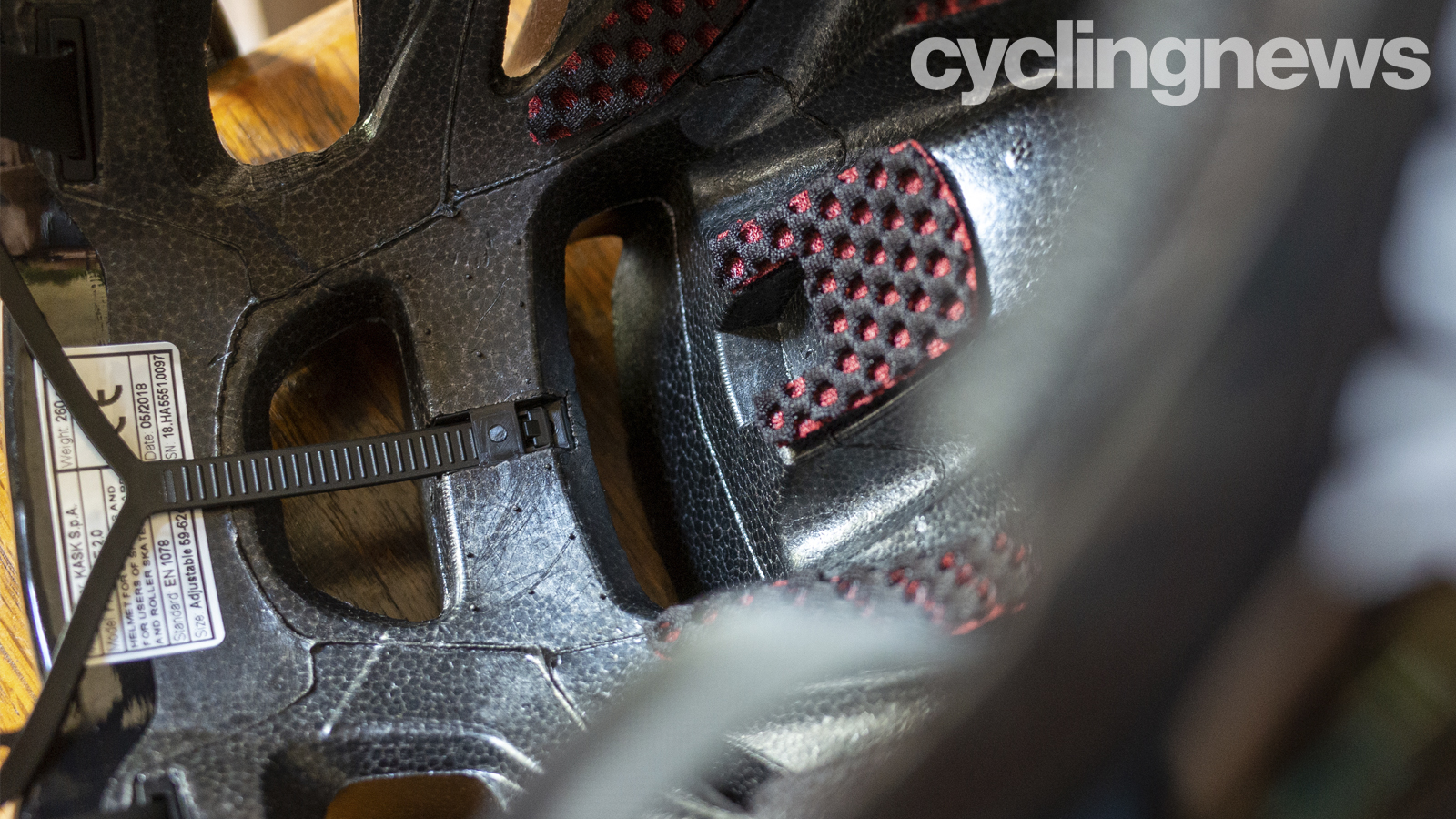
Riding experience
The Protone has a snug encapsulating fit across the entire head giving the feeling of being locked in the helmet rather than simply wearing it. The retention amplifies this by scooping low around the back of the head. I never felt the need to specifically tinker with the adjustable system - instead, it was merely a case of clicking down and winding to the preferred tightness. As the Octo Fit system sits rather low I found that the helmet didn’t play well with over-ear headwear as the retention system couldn’t rest snuggly behind the ear.
I found ventilation to be excellent as well. The central vents feed to channels across the top of the head to effectively channel cooling fresh air. I found this airflow to be noticeable even at slower speeds, quickly exhausting any heat build-up away after heat-generating slow efforts. Hotter climates may reveal certain ventilation weaknesses but Kask has the Valegro for those who like to work up a sweat on hot climbs.
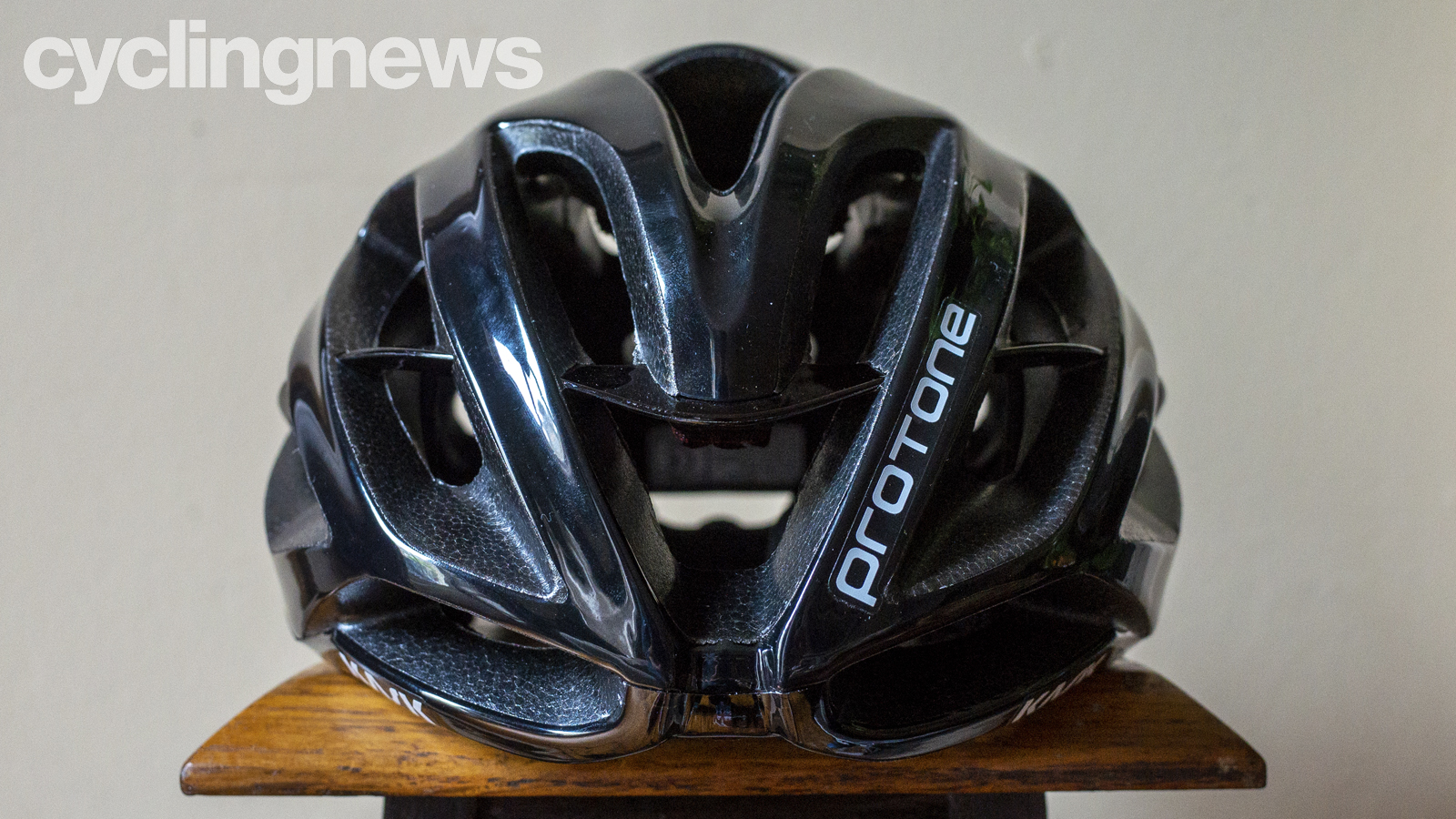
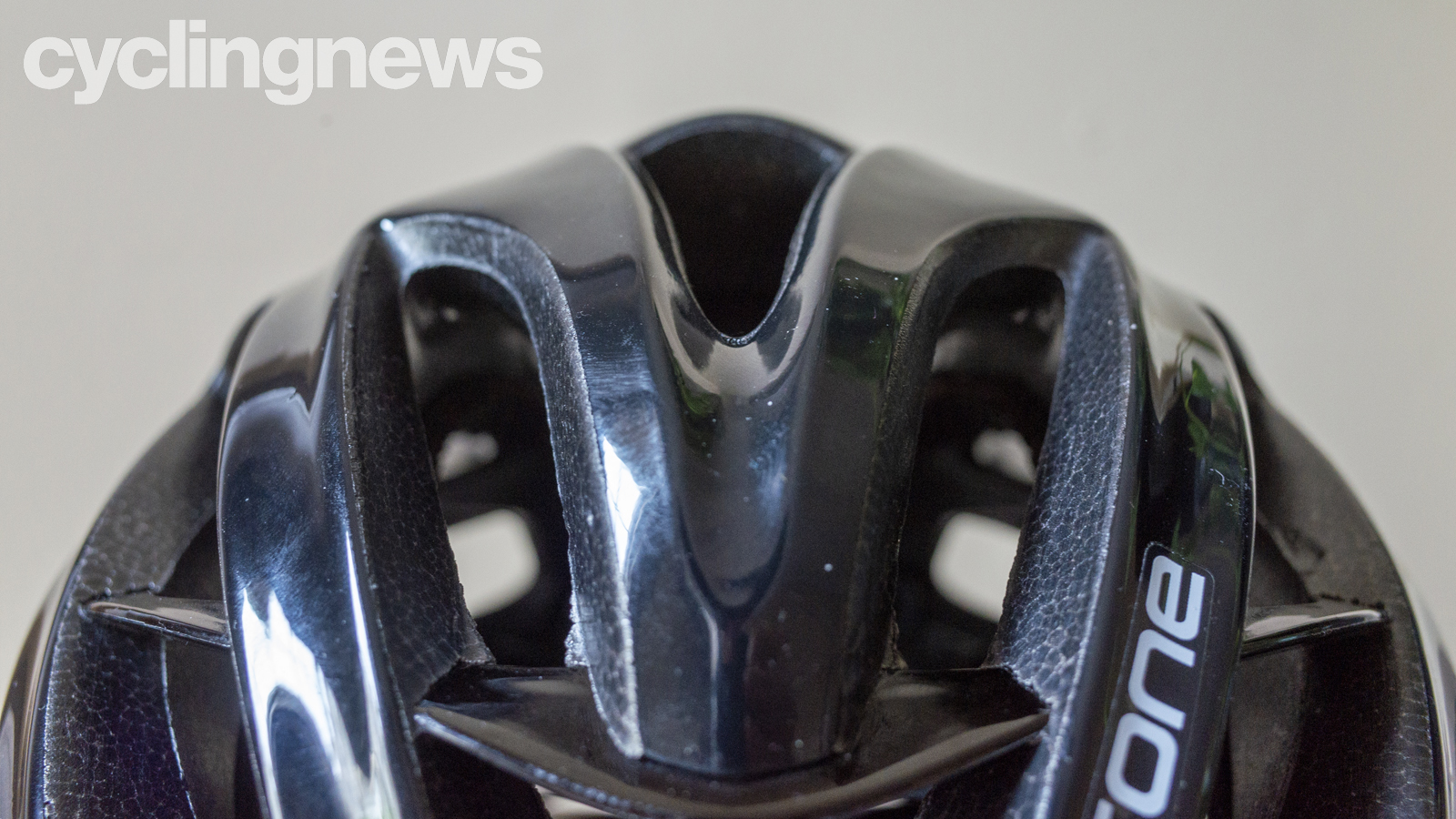
Verdict
Despite its age, the Kask Protone is still a top-flight helmet for those looking to strike a balance between aerodynamic performance and decent ventilation. It may be heavier than some of the competition but the superbly secure and comfortably conforming fit mitigates that. In fact, the Protone only shows its age with its lack of MIPS, the value of which is left to the buyer, especially in the face of Kask's own in-house rotational testing, but for a helmet that fits so securely, it shouldn’t be a deal-breaker.
Test conditions
- Temperature range: Spring, 2-15 degrees
- Test duration: Two months
- Terrain: Road
Specifications: Kask Protone
- RRP: Starting at US$299.99 / £199 / €235
- Weight: 260g (claimed), 282g (actual, large)
- Rotational safety: KASK WG11 Rotational Impact Test Passed
- Retention: Kask Octo Fit
- Aero: Yes
- Sizes: S, M, L
- Colours: 20
Graham has been part of the Cyclingnews team since January 2020. He has mountain biking at his core and can mostly be found bikepacking around Scotland or exploring the steep trails around the Tweed Valley. Not afraid of a challenge, Graham has gained a reputation for riding fixed gear bikes both too far and often in inappropriate places.
